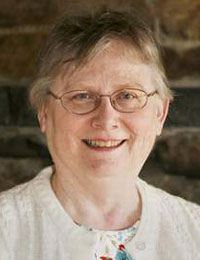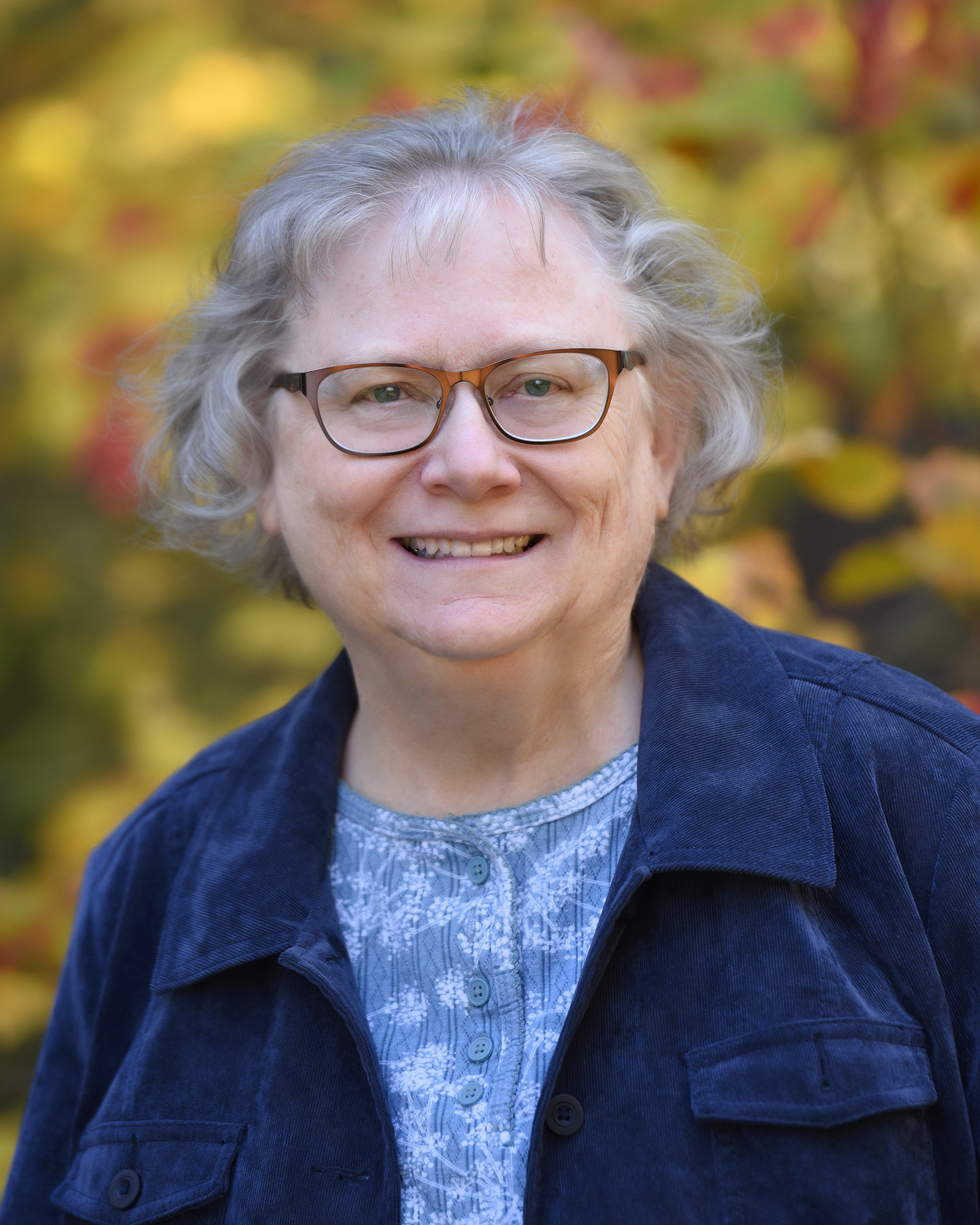 I have been struggling with the Early New England Families Study Project sketch for Thomas Cornish of Gloucester, Mass.; Exeter, N.H.; and Newtown, Long Island. While there are half a dozen published accounts on the family, or various parts of it, they disagree on almost everything.
I have been struggling with the Early New England Families Study Project sketch for Thomas Cornish of Gloucester, Mass.; Exeter, N.H.; and Newtown, Long Island. While there are half a dozen published accounts on the family, or various parts of it, they disagree on almost everything.
Some accounts claim that Thomas had children who remained in New England; others point to evidence the Cornishes were in New York and New Jersey. Some accounts include a daughter Martha who married consecutively to Francis Swain and Caleb Leverich. Other accounts say that Martha must have married a son of that Francis Swain (who was twenty years her senior, not to mention that he had been in trouble with the law and the family in Exeter when he was accused of making unwanted advances to Thomas Cornish’s wife – so, then, how did he end up married to the daughter?). Some accounts claim that Thomas Cornish had a brief stay in Gravesend, New York, between being in Gloucester and Exeter, then returned to Long Island. I can go on, but time is short.
This “all-my-ancestor” treatment is noticeably disjointed because it was compiled and updated over a span of years, with additions, corrections and supplemental material for previous volumes added to later ones...
I am not an expert on Long Island or New Jersey families, so it is fortunate that I have on-line access to a massive manuscript written by Herbert Furman Seversmith entitled “Colonial Families of Long island, New York and Connecticut[,] Being the Ancestry & Kindred of Herbert Furman Seversmith.”[1] This “all-my-ancestor” treatment is noticeably disjointed because it was compiled and updated over a span of years, with additions, corrections, and supplemental material for previous volumes added to later ones, all without indexes (the database on Ancestry.com does, fortunately, provide index access in that form). One usually finds one’s way to the manuscript through a reference cited in a book or article by a genealogist familiar with that territory.
Seversmith’s research was in depth and perhaps most valuable when he assessed evidence to prove or disprove a claim, although in the case of Thomas Cornish’s family, one of his arguments may be incorrect. Seversmith did not include the daughter Martha, arguing that evidence was not clear that Francis Swain’s wife was Thomas’ daughter, while still acknowledging that many records showed association of some kind among the families. Later published treatments provide documents not available to Seversmith that, while still circumstantial, support Martha (____) (Swain) Leverich as a daughter of Thomas Cornish.
All of which I have to explain in my Early New England Families treatment of Thomas Cornish. Time is short. The deadline for completing enough sketches for Volume 2 of the book series looms ahead, but the pixies of genealogy keep throwing these tangles in my way!
Note
[1] Four volumes published between 1939 and 1958. This mimeographed manuscript (only 25 copies made) is accessible at the NEHGS library. The digital version is available on Ancestry.com by searching “Catalog” with the word “Seversmith.”
Share this:

About Alicia Crane Williams
Alicia Crane Williams, FASG, Lead Genealogist of Early Families of New England Study Project, has compiled and edited numerous important genealogical publications including The Mayflower Descendant and the Alden Family “Silver Book” Five Generations project of the Mayflower Society. Most recently, she is the author of the 2017 edition of The Babson Genealogy, 1606-2017, Descendants of Thomas and Isabel Babson who first arrived in Salem, Massachusetts, in 1637. Alicia has served as Historian of the Massachusetts Society of Mayflower Descendants, Assistant Historian General at the General Society of Mayflower Descendants, and as Genealogist of the Alden Kindred of America. She earned a bachelor’s degree from the University of Connecticut and a master’s degree in History from Northeastern University.View all posts by Alicia Crane Williams →